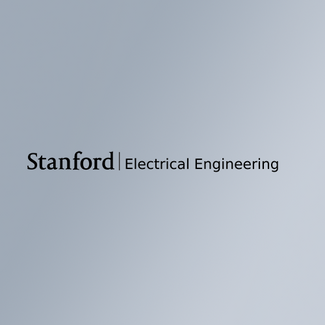
The quest to improve solar cell efficiency
Spilker 232
Abstract: One of the important threads enabling the recent emergence of photovoltaic solar energy as a low-cost, large-scale energy source is ever increasing energy conversion efficiency. There are many elements to this journey, including, a) improved understanding of the physics and operation of photovoltaic devices, including both optical and charge carrier transport and recombination properties, b) the development of highly selective contacts that effectively separate positive and negative charge carriers, c) ingot growth techniques that produce crystalline silicon with extremely low defect density, d) surface passivation methods, and e) new device structures. These efforts have increased silicon solar cell conversion efficiency from 12 percent at the beginning of the development of terrestrial solar cells in 1975 to over 26 percent today. This talk will chronicle the breakthroughs in technology and understanding that have enabled this remarkable progress.
Biography: Richard Swanson received his BSEE and MSEE from Ohio State University in 1969 and his PhD from Stanford University in 1974. After completing his PhD, he joined the Electrical Engineering faculty at Stanford. His research investigated the semiconductor properties of silicon relevant for better understanding the operation of silicon solar cells. These studies have helped pave the way for steady improvement in silicon solar cell performance. In 1991 Dr. Swanson resigned from his faculty position to devote full time to SunPower Corporation, a company he founded. In 2005, SunPower became publicly listed on the NASDAQ Stock Exchange under the symbol SPWR. With the acquisition of PowerLight in 2007, SunPower has become a global leader in photovoltaic systems; leading in residential rooftops, commercial installations, and large ground mounted power plants. Today SunPower manufactures over 1,000 megawatts per year of the highest performance solar cells commercially available. Dr. Swanson has received widespread recognition for his work. He received the 2009 Economist Magazine Energy Innovator Award. In 2010 he was awarded the IEEE Jin-ichi Nishizawa Medal for the conception and commercialization of high-efficiency point-contact solar cell technology, and in 2011 the Karl Boer Solar Energy Medal of Merit Award. Dr. Swanson retired from SunPower in 2012. Dr. Swanson currently serves as president of BB&Y LLC, a company devoted to developing low carbon emission residences, and is a director of Noon Energy, a company developing low-cost, long-term storage.
This seminar is sponsored by the Department of Applied Physics and the Ginzton Laboratory